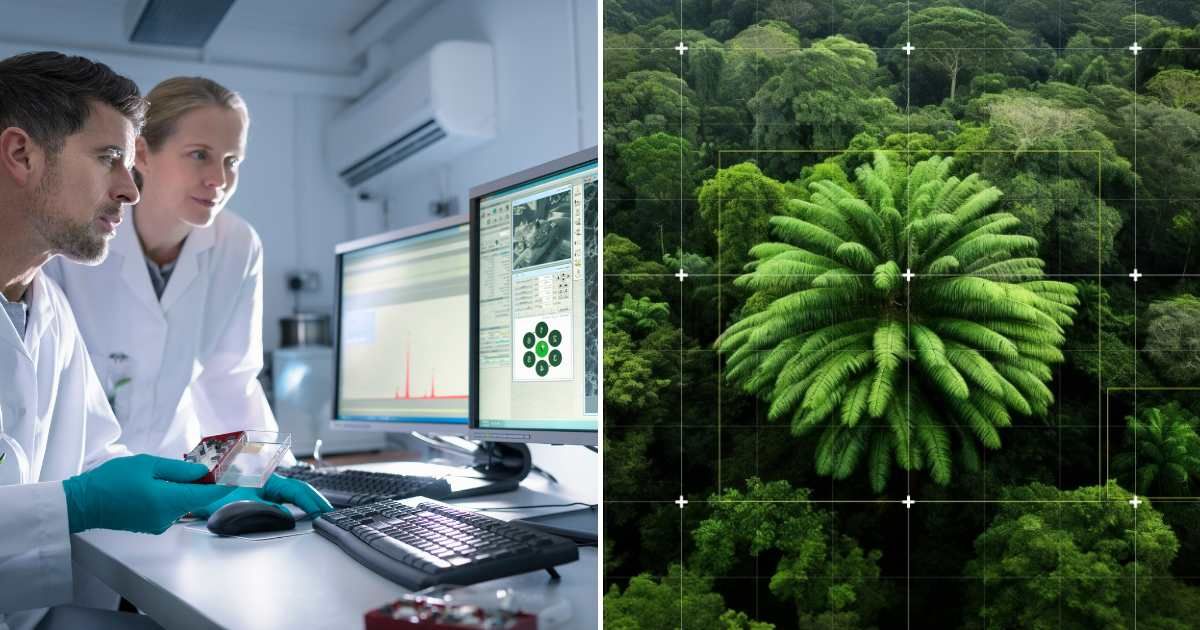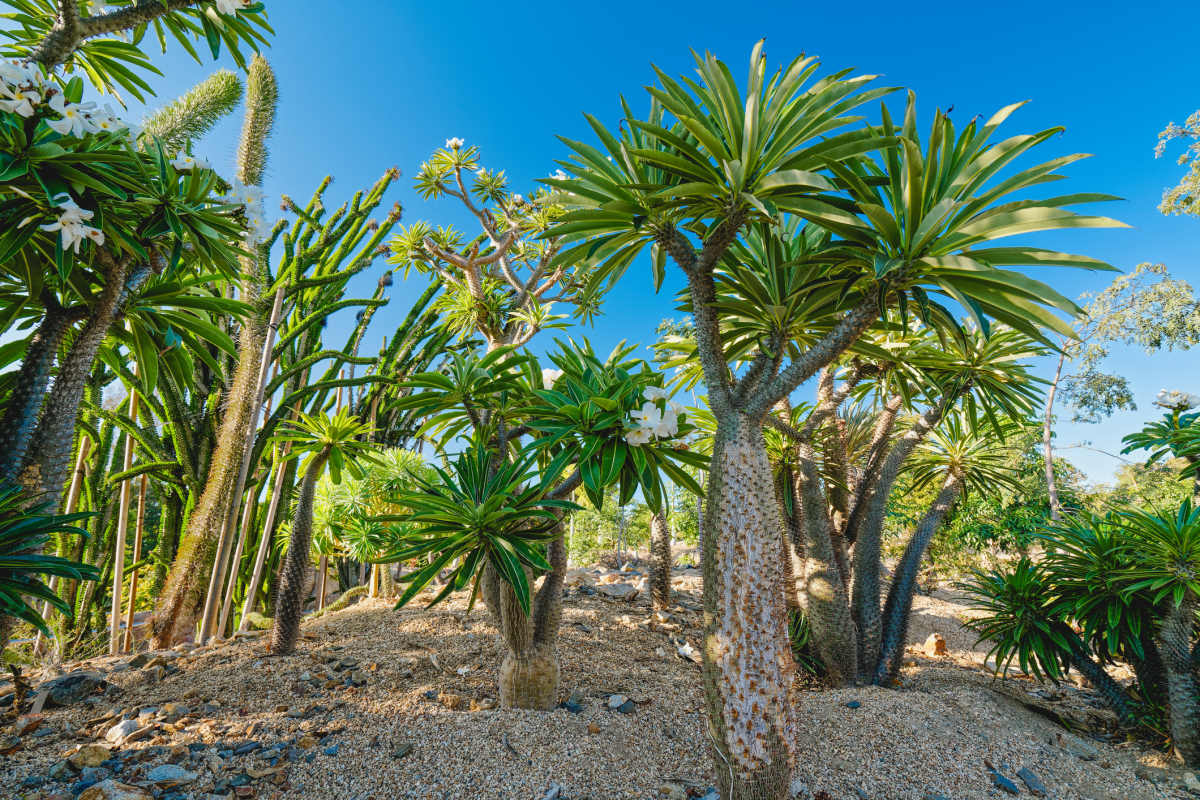Researchers Use AI to Find a Partner for the World’s Loneliest Plant and Save It From Extinction

One of the oldest living organisms, even pre-dating a time when dinosaurs roamed the surface of a greener Earth, is on the brink of extinction. Nothing can save it but a partner willing to reproduce. Encephalartos woodii, the world’s loneliest plant, will soon be wiped off completely. Though there are protected specimens of the tree species in botanical gardens, unfortunately, all of them are male. To save the plant from extinction, scientists are scouting through thousands of acres of a South African forest where E. woodii was originally found in the wild using artificial intelligence (AI) and drones to look for a female, per IFL Science.

The loneliest plant
The dioecious nature of cycads, the species E. woodii belongs to, has made it difficult for the plant to survive in the wild. The last wild specimen found in the Ngoye Forest, SA, in 1895 was male. Hence, all the propagated plants in the conservatories are also males, posing difficulties in their continued existence. But scientists have not given up yet. They are invested in finding the rightful partner for the lonely plant to facilitate its reproduction and save it from extinction. The only challenge that remains is that no one has ever found a female E. woodii plant. But there is potential for it, considering the vast area the forest is spread out.
View this post on Instagram
Over 10,000 hectares of forest cover, scientists have only covered 195, while generating 15,780 high-resolution images to detect the existence of a female. The drones with multispectral cameras capture images from five different wavelength bands to distinguish between the diversity of plant species. The massive forest cover area and dump of images that would arise from surveying it would be humanly impossible to sort through or take years out of the project. What better time to exist with AI taking over spheres of life?
View this post on Instagram
Research can only advance with the technology’s potential. “With the AI, we are using an image recognition algorithm in order to recognise plants by shape. We generated images of plants and put them in different ecological settings, to train the model to recognise them,” said Dr Laura Cinti (@lauracinti), who is the project leader, in a press release to the University of Southampton.
An alternative to the search for a female
The chances of finding a female are fairly low, but not impossible. While 98% of the forest remains to be explored, scientists have an alternative method to protect E. woodii from extinction. Sex change could be a probable solution. Using precise and targeted biological techniques, a male plant can be transitioned into the enigmatic female that will reproduce with the remaining male specimen. @fairchildgarden explained the history of Encephalartos woodii on YouTube.
View this post on Instagram
“There have been reports of sex change in other cycad species due to sudden environmental changes such as temperature, so we are hopeful we can induce sex change in the E. woodii too,” explained Dr. Cinti. However, the researcher has high hopes of finding a female out in the wild and intends to salvage the plant species from extinction through natural reproduction rather than artificial means. She considers it a “classic tale of unrequited love.”
More on GreenMatters
Scientists Resurrect Lost Biblical Plant From a 1000-Year-Old Seed — It Has Now Grown 10 Feet
The Stinkiest Flower ‘Green Boy’ Is Ready to Bloom in California — And You Can Watch It Live